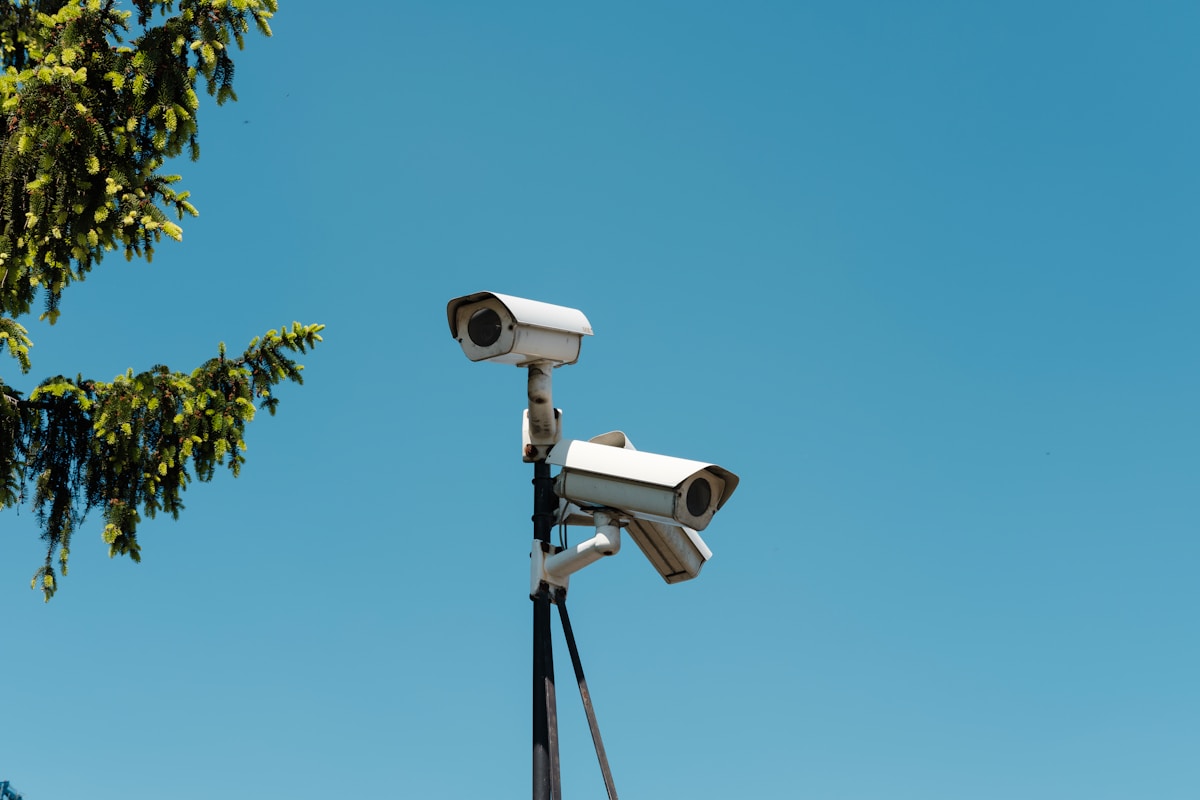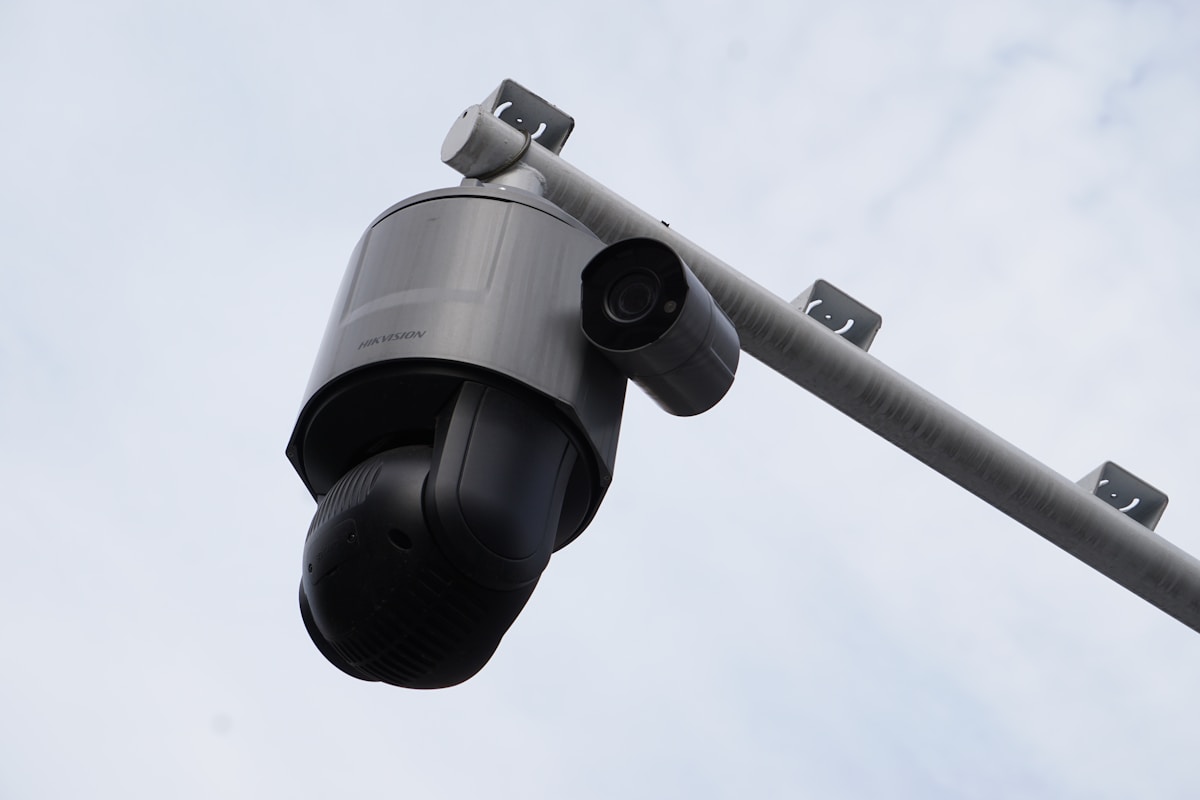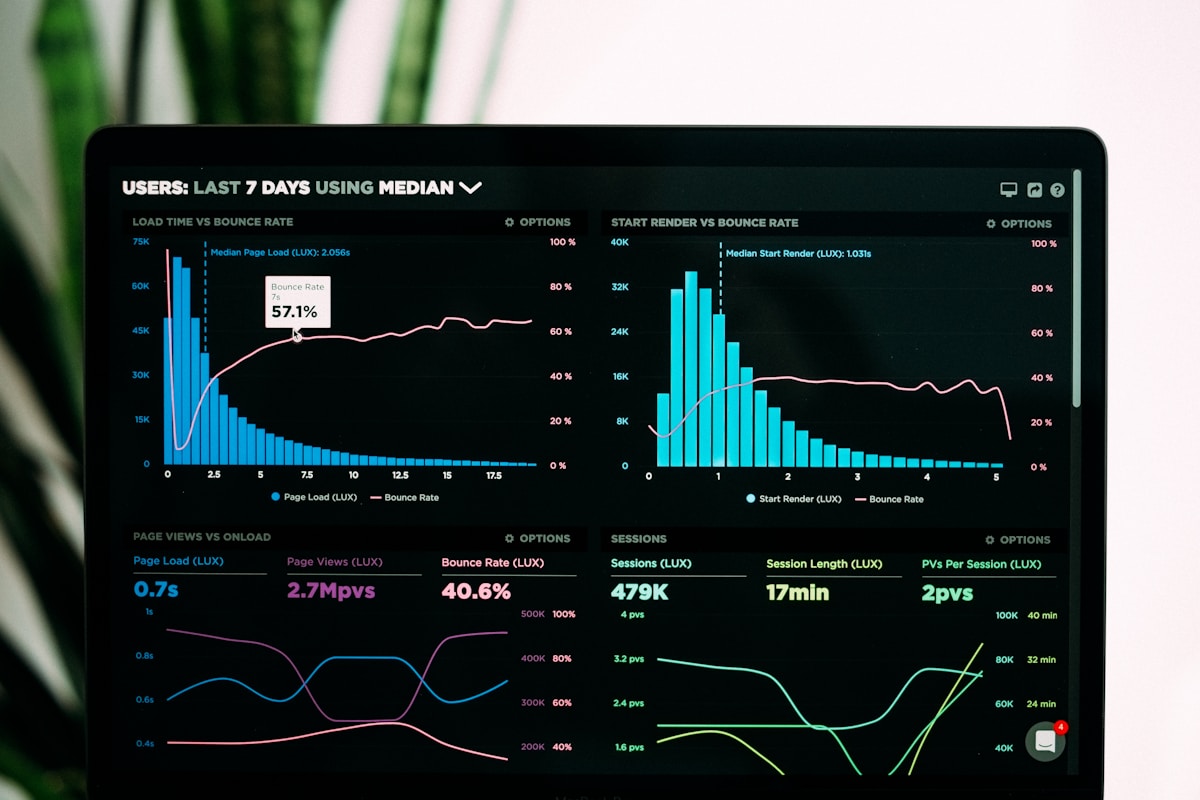Image Recognition Applications for Business

The world is changing. The way we work, the products and services that are available to us, and our lives in general have all been transformed by technology over the last few decades. In fact, it’s hard not to notice how much has changed since you were a kid – from your parents having no idea what email was to being able to watch movies on demand at home or take photos with your smartphone. And this change isn’t just limited to consumer-facing technologies; businesses too have seen massive changes as well.
As businesses grow, there are more and more opportunities to integrate new technology. One of the emerging technologies on the market right now is image recognition. There are several benefits of image recognition for businesses and it can be used in a variety of ways as well. This article will explain more about image recognition, its benefits and challenges, and how it can be used for businesses.
What Is Image Recognition?
Image recognition is a process of identifying objects or scenes within an image using computer algorithms systems and applications. The most common application of this technique is the ability to identify products on store shelves as they pass by cameras that scan images from above. This allows retailers to track inventory levels and make sure their stores have enough stock available at all times. Other applications include recognizing faces in photos taken during events so people can be identified later when needed. In addition, it may also be used to recognize specific items like cars, boats, planes, and more.
What Happens During Image Recognition?

During image recognition, computers analyze each pixel of an image to determine if it belongs to one object or another. For example, let’s say you took a picture of your friend standing next to his car. You would then use software to look through every single pixel of the photo and compare them against other pictures of similar vehicles. If the pixels match up perfectly, the program knows exactly which vehicle is shown in the photo.
It does this because different types of vehicles have unique features that allow them to stand out among others. These features could be things such as wheels, headlights, bumpers, etc. Once the algorithm finds these characteristics, it creates a model based on those details. Then, whenever someone takes a picture of something similar, the system compares it to the stored models and identifies whether or not it matches.
How Image Recognition Is Performed
There are two main approaches for performing image recognition: feature-based methods and template matching. Feature-based methods use algorithms that extract features from each pixel in an input image. These extracted features are then used as inputs into machine learning models such as neural networks, support vector machines, decision trees, etc.
Template matching involves comparing pixels between different parts of an image with one another. The comparison between the input image and each template yields one match score per pixel location. These scores can be combined into a single scalar value representing similarity at every point within the image.
Process of Identifying Objects With Image Recognition

The process of identifying objects within photographs begins with pre-processing. Pre-processing involves removing noise and unwanted elements such as shadows, and reflections, so that only relevant content remains. Next, feature extraction takes place where algorithms analyze specific characteristics of the object being identified. Finally, classification determines whether the item belongs to a particular category or not.
Pre-Processing: Noise Removal
The first stage is called “pre-processing” because it deals with any preliminary steps needed before image recognition can begin. These include things like reducing noise and correcting the color balance. In addition, this phase also includes other tasks such as segmentation, which are used for separating an image into its constituent parts.
For example, if you were trying to identify a person from a photograph, then you would need to separate their face from everything else. This could be done by using techniques such as thresholding or edge detection. Once these processes have been completed, we now have our input data ready for analysis.
Feature Extraction: Object Identification
Once all the necessary pre-processes have taken place, the next task is to extract features from the images. Feature extraction refers to extracting certain properties about the image itself. It does this by analyzing various aspects of the picture including shape, texture, size, location, orientation, etc.
Each property has different applications depending on what type of problem one wants to solve. For instance, when dealing with facial recognition, knowing someone's age might be useful but knowing how much they weigh isn't very helpful. Therefore, some types of information may be extracted while others aren't.
Classification: Identifying Objects Within Images
After feature extraction, the final step is to classify the items found in the image based on their categories. Classification consists of assigning labels to individual instances of something.
For example, suppose I am looking at a photo of my friend's dog. If I wanted to know who owns the animal, I would use classification to determine whether the dog was owned by me or her. There are many ways to do this. One way is to simply look up the name of the owner in a database. Another method is to ask them directly. Yet another option is to take a picture of the pet and send it off to a company that specializes in finding owners.
All three methods work just fine; however, there is no reason why we couldn't combine several approaches together. For example, we could start by asking people online, then call the phone number listed on the website, and finally email the pictures to the address provided.
Benefits of Image Recognition for Businesses

There are many advantages to integrating image recognition into your business. When it comes to business, image recognition has become increasingly popular over recent years. Some of the main reasons why businesses should consider integrating this technology into their operations include:
Increased efficiency
Businesses save time and money by reducing manual labor and eliminating errors caused by human error. With image recognition, employees don't need to manually enter data or spend hours searching through databases looking for information. Instead, machines do the work while humans focus on higher-value tasks.
Improved accuracy
When compared to traditional methods, image recognition systems provide much better results. Because there's no room for mistakes, workers aren't able to accidentally mislabel merchandise or miss important details about products. As a result, businesses can increase profits without sacrificing quality.
Reduced risk
Companies can reduce risks associated with fraud and theft by implementing automated security measures. Employees won't be tempted to steal company property since they'll never leave the office. Plus, thieves will struggle to sell stolen goods since they're unable to hide their identities.
Easy to implement and integrate
You don’t need any special training to use it. All you do is upload pictures with product information onto the system and then wait for results. Once installed, image recognition software works seamlessly without requiring much maintenance.
No additional hardware required
Unlike other types of sensors which require extra equipment such as barcode scanners, RFID readers, etc., image recognition doesn't require anything else besides standard webcams.
Challenges of Image Recognition for Businesses

While image recognition has numerous benefits, it does come with some drawbacks too. Here are just a few things to consider before implementing it into your company:
Accuracy
When dealing with large amounts of data, accuracy becomes increasingly important. If you're trying to match up thousands of different items against each other, even small errors could result in incorrect matches. To combat this issue, companies often employ multiple methods to ensure accurate identification.
Privacy concerns
As mentioned earlier, one of the biggest issues facing image recognition systems today is privacy. Many users aren't comfortable sharing personal details online because they fear someone might misuse them. While it's possible to anonymize user profiles, it isn't always feasible. Therefore, if you plan to use image recognition in your business, you should take measures to protect user privacy.
Costs and maintenance
The costs associated with maintaining an image recognition system can be high. In addition to hardware expenses, there will also be ongoing software licensing fees as well as training costs. These factors may make using image recognition impractical or impossible for many businesses.
Kinds of Image Recognition
There are two main categories of image recognition technology: object-based and content-based. Object-based solutions identify objects within images whereas content-based solutions analyze text found inside photos. Let's explore both options further below.
Object-Based Solutions
These solutions rely on identifying specific features that define certain objects. For example, when searching through a photo album, these programs would look at every picture individually to determine whether it contains a particular item. This method allows for more precise searches than those based solely on textual analysis. However, it comes with its own set of challenges including false positives and negatives.
Content-Based Solutions
These solutions work differently from object-based ones. Instead of looking for individual characteristics, they search for patterns across all elements contained in a given photograph. As a result, they tend to produce less reliable results. Nevertheless, they have their advantages too. They allow for quick processing times and offer better performance under low lighting conditions.
Using Image Recognition Applications for Businesses

When it comes to businesses, image recognition can be applied in various ways. For example, here are three examples where image recognition can help improve efficiency:
Tracking Inventory Levels
With image recognition, you can easily keep tabs on what's selling best and least. By comparing sales numbers over time, you'll know exactly what products are performing better than others. Then, you can adjust prices accordingly to increase profits and manage business expenses.
An online retailer may also want to know if customers are buying certain products before sending them promotional emails. By analyzing customer purchases, they can see trends and target marketing efforts accordingly.
Identifying People
Using face detection, you can quickly identify customers who visit your store. After scanning their photo ID, you can automatically add them to customer lists. From there, you can send targeted marketing messages based on their interests. Retailers often offer rewards programs where customers get discounts for shopping with them regularly.
Using image recognition with future face recognition time attendance software, companies can automatically detect when a person enters a retail location and reward them with points after checking in.
Recognizing Objects
One of the coolest uses of image recognition technology involves detecting certain objects in photographs. Say you want to create a database of famous landmarks around the world. Instead of manually entering every location, you simply point your webcam towards a picture of the landmark and let the algorithm find it!
Automating Work Tasks
If you're looking for an easy way to automate work tasks, then using image recognition is the perfect solution. You don't need any special training or experience to use this technology. Simply upload photos of documents into the system and let it do all the work. The software will analyze each document and determine whether it needs to be scanned or faxed. It also lets you set up rules that dictate how many pages should be sent at once.
Image Recognition for SMSEs
Small and medium-sized enterprises typically lack the resources necessary to invest in complex IT infrastructure. However, SMSEs still want access to cutting-edge technology solutions. Fortunately, image recognition provides exactly what SMSE needs. Not only does it provide high-quality services, but it also comes at a fraction of the cost compared to traditional alternatives.
For example, let's say you own a restaurant chain where you sell pizza. Instead of spending $100k+ on a POS solution, you simply install a webcam connected to a cloud service provider along with a simple app. Now whenever customers order pizzas, you can instantly see who ordered what and how long it will arrive. From there, you can send out text messages reminding customers about orders while simultaneously updating your website with real-time sales figures.
The Bottom Line
In conclusion, if you've been considering adding image recognition to your business, now is definitely the right time! There are countless ways you can leverage its capabilities to improve efficiency and increase profits. Lastly, whether you run a retail shop, salon, restaurant, or any other type of establishment, image recognition offers endless possibilities.